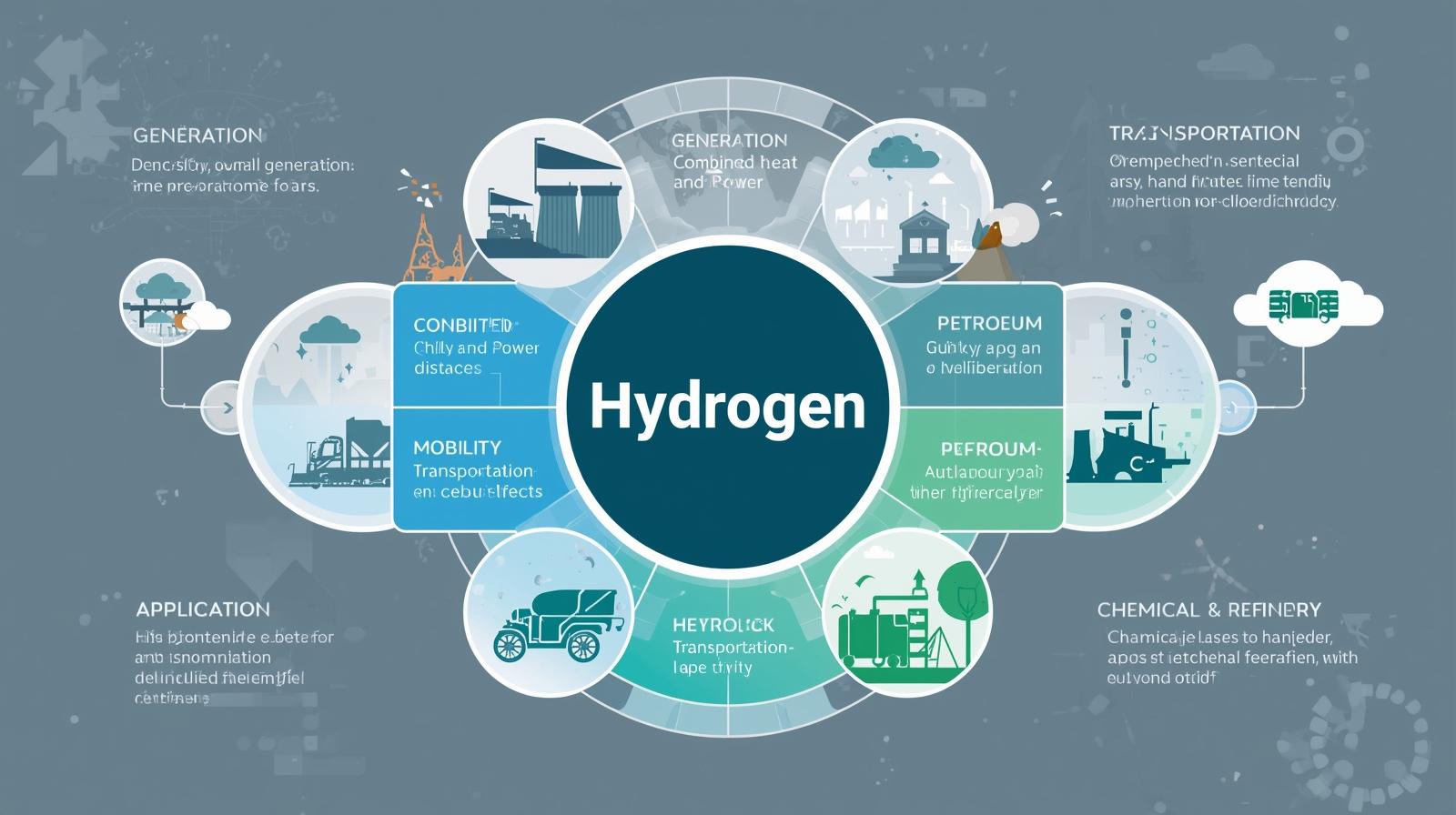The hydrogen market is gaining significant momentum as industries, governments, and technology providers look to harness its potential as a clean, sustainable, and versatile energy source. With rising global energy demand, increasing emphasis on decarbonization, and the adoption of renewable energy solutions, hydrogen is emerging as a critical enabler of the transition to a low-carbon economy. The market is evolving rapidly, supported by investments, policies, and innovations that expand its role across diverse applications, from mobility to power generation. Below are the top five growth drivers shaping the future of the hydrogen market.
Download PDF Brochure @ https://www.marketsandmarkets.com/pdfdownloadNew.asp?id=132975342

Rising Global Demand for Clean Energy Solutions
One of the strongest drivers for the hydrogen market is the growing global demand for clean energy alternatives that can reduce reliance on fossil fuels. Nations worldwide are setting ambitious net-zero emission targets, and hydrogen is recognized as a vital element in achieving them. Unlike traditional energy sources, hydrogen offers high energy density and produces zero emissions when used in fuel cells. This makes it an attractive option for industries seeking sustainable energy pathways, particularly in applications where electrification alone cannot provide practical solutions, such as heavy transport, steelmaking, and large-scale industrial operations. The increasing urgency to cut carbon emissions and reduce environmental impacts is pushing governments and businesses toward hydrogen adoption at an accelerated pace.
Government Policies and Strategic Investments
Supportive government policies and strategic investments are propelling the growth of the hydrogen market. Many countries, including the United States, Germany, Japan, and India, have announced national hydrogen strategies that involve substantial funding and infrastructure development to promote hydrogen production, storage, and distribution. These initiatives include subsidies, tax incentives, and funding for research and development projects that encourage innovation and lower the costs of hydrogen technologies. Additionally, large-scale public-private partnerships are being established to build hydrogen hubs and establish supply chains, creating a robust foundation for the industry to thrive. Such initiatives are not only creating opportunities for market players but also building investor confidence in the long-term viability of hydrogen as a cornerstone of the global energy transition.
Technological Advancements in Hydrogen Production
Technological innovation in hydrogen production is another major factor driving market growth. Traditionally, hydrogen production relied heavily on fossil fuels through processes such as steam methane reforming, which contributed to carbon emissions. However, advancements in electrolyzer technology are making it increasingly feasible to produce green hydrogen from renewable energy sources such as wind, solar, and hydropower. Falling renewable energy costs and breakthroughs in electrolysis efficiency are reducing the production costs of green hydrogen, bringing it closer to cost parity with conventional fuels. In addition, innovations in carbon capture and storage are enabling the development of blue hydrogen, which offers a low-carbon alternative to traditional hydrogen production. These technological advancements are making hydrogen production more sustainable, scalable, and economically attractive.
Expanding Applications Across Industries
The versatility of hydrogen is fueling its adoption across a wide range of industries. Beyond its traditional use in refining and chemical production, hydrogen is increasingly being utilized in transportation, power generation, and industrial manufacturing. Hydrogen fuel cells are gaining popularity in the automotive sector, particularly in heavy-duty vehicles, buses, and trains, where long ranges and fast refueling times are essential. In power generation, hydrogen is being integrated into gas turbines to reduce carbon emissions, while industries such as steelmaking and cement production are exploring hydrogen as a clean fuel alternative to replace coal and natural gas. The growing number of use cases demonstrates hydrogen’s ability to complement other clean technologies and highlights its potential as a universal solution in the transition to sustainable energy systems.
Global Collaboration and Infrastructure Development
The establishment of a global hydrogen economy relies heavily on collaboration between nations, companies, and stakeholders. Large-scale infrastructure development is underway, including hydrogen pipelines, refueling stations, storage facilities, and import-export terminals, to create an integrated supply chain. Collaborative projects such as cross-border hydrogen corridors and international trade agreements are enabling the transportation of hydrogen from regions with abundant renewable energy resources to energy-hungry markets. This global effort is fostering economies of scale, lowering costs, and accelerating adoption. By building the necessary infrastructure and strengthening international partnerships, the hydrogen industry is laying the groundwork for its long-term success and scalability.
